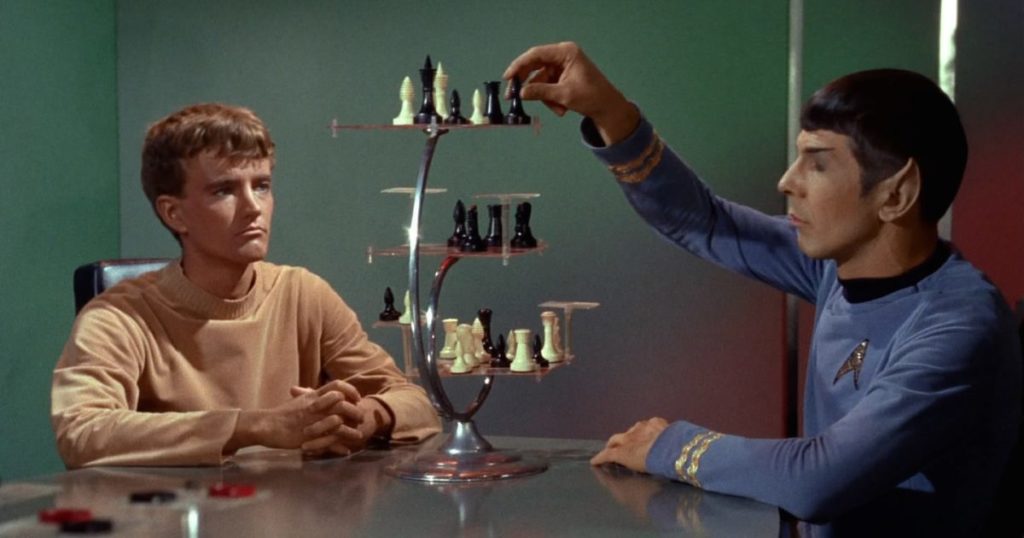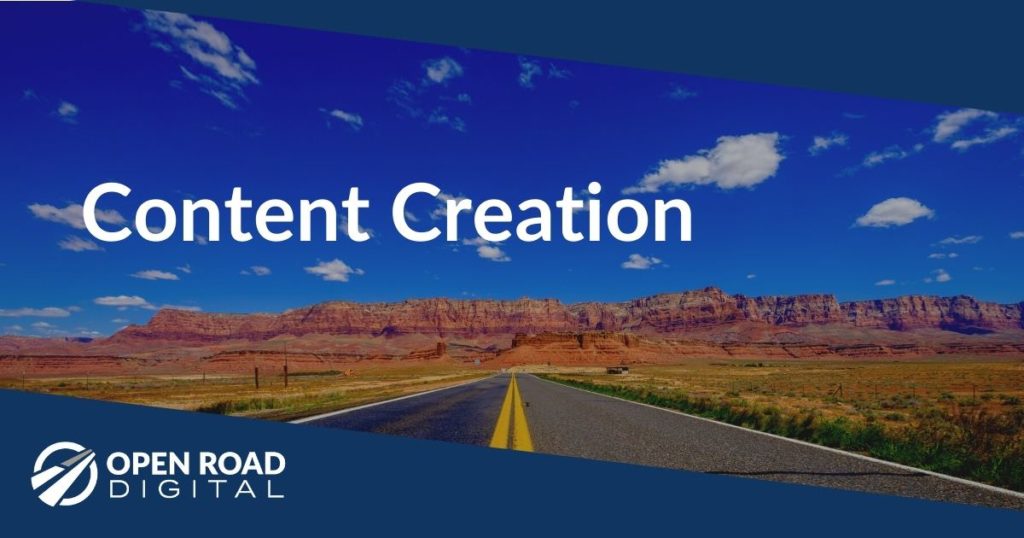DC TechDay was invigorating yesterday. Better put: the more you engaged in it, the more you got out of it.
Talking with so many marketers, designers, founders, and coders yesterday made me grateful that we live during the exciting world of smartphone-centered, cloud-based technological power. Prior to 2007, it was never so much fun as it now is to be a creator. The Act of Creation now involves graphic design and software programming and behavioral analysis and digital marketing and market segmentation and initial market penetration and…. You just can’t forget anything.
I saw this yesterday across so many sectors of the economy – whether verticals or horizontals. Legal services, education, food preparation, household goods delivery, marketing and business development, and on and on.
Creating Today: Three-Dimensional Chess
But while the Act of Creation is even more invigorating today, it’s more challenging. Maybe like playing Star Trek’s 23rd-century three-dimensional chess rather than the 20th-century’s 2D version.
I call it the “Creator’s Dilemma”: The minute you stop learning, you stop creating things that are truly useful in today’s market. You’re a great coder but ignore design or behavior? Who cares. You’ve got a beautiful app but you haven’t found your true market? What a waste of time, effort, and money. You can no longer learn your craft in a couple years and then just hit the “repeat” button for the rest of your career.
Here are four aspects about the Creator’s Dilemma that DC TechDay triggered in me.
1. Don’t Lose That Guitar Solo!!
Late last year my family and I ran into one of the great guitarists of 1970s rock at the British Museum in London. Incredibly, he and his wife invited us to sit and have tea and scones with them. Forty-five minutes with this incredible talent were quite the opportunity. One thing I learned from him was that his musical ideas could come at any moment (like when he was disembarking a plane), and he was sure to write them down immediately – whatever it took, including on a piece of scrap paper.
While back-of-the-napkin techniques like that are still valid and occasionally necessary, smartphone apps like Evernote or “always on” cloud-based word processing apps help ensure that great ideas are scribed and aren’t lost forever, on the other side of that faulty memory chip in one’s brain. There would be no TechDays if ideas were never captured at the lightbulb moment.
2. Nonstop Learning: Coding
FORTRAN? BASIC? Those are the software languages I remember in school. And then there was that Lunch-n-Learn at our early-90s Boston software spin-off where a developer wanted to teach other coders about this new thing called HTML.
As a product-marketer guy, I’m not a natural coder. Coding is not something that rocks my socks off. But what I do feel I have in common with avid developers is the desire – and pressure! – to constantly learn. I think that’s one of the secrets to successful digital creation: always learning. There’s no shame in saying, “Help me – I want to learn this.”
3. Nonstop Learning: No More Mad Men Marketing
In my last full-time job in the publishing world, as a trade publisher production director, I worked at the focal point of advertising sales, marketing, circulation, graphic design, and finance. As the dot-com bubble continued to deflate in 2001, I could sense that publishing was in a very unusual decline, and I wanted out.
Seemingly gone was the trust from potential advertisers that the circ figures we stated would work in their favor, or that eyeballs were still only focused on print. What about those banner ad thingies on websites? And, by the way, what are your website visitor stats? Email newsletters? Never heard of them.
With all due respect to Don Draper and his hard-working teams, but nothing in marketing and promotion is the same now. It’s about keeping on top of the constantly changing social/digital/tech marketing mix. And it’s about “engagement.” But even engagement is suspect if you don’t have a real strategy to build upon. Which leads us to …
4. The New Digital Age Is Not Impersonal
I regularly hear sentiments – nay, denigrating comments – about anything digital. About uncontrolled smartphone usage, social media infecting our lives, how Amazon is destroying Mom-n-Pop stores, and so on.
Translation: all this digital stuff is dehumanizing us. But that’s not what I saw at TechDay. The humans I met, and what they are doing, was inspiring. But that’s also part of the challenge.
The Creative Act is very personal. The identification of market needs is a human relations problem. The minute we start to think that technology will impersonally solve our problems, then technology fails. For example, I enjoyed talking with the founders of goPuff, who are building a “delivery in 30 minutes” business in multiple cities. How did they get their start? By supplying hookah supplies on demand in the Philadelphia area. Who knew that was a thing? In order to know that people actually want hookah supplies in 30 minutes’ time, you have to know about human behavior. When I thought about the people I know who “do” hookah, I realized that hookah bar attendance is often a spur-of-the-moment thing (“Let’s do hookah – NOW!!”), and it’s great that some enterprising folks are building a growing business out of such a long-tail market need.
Photo © 2013 CBS Interactive.




